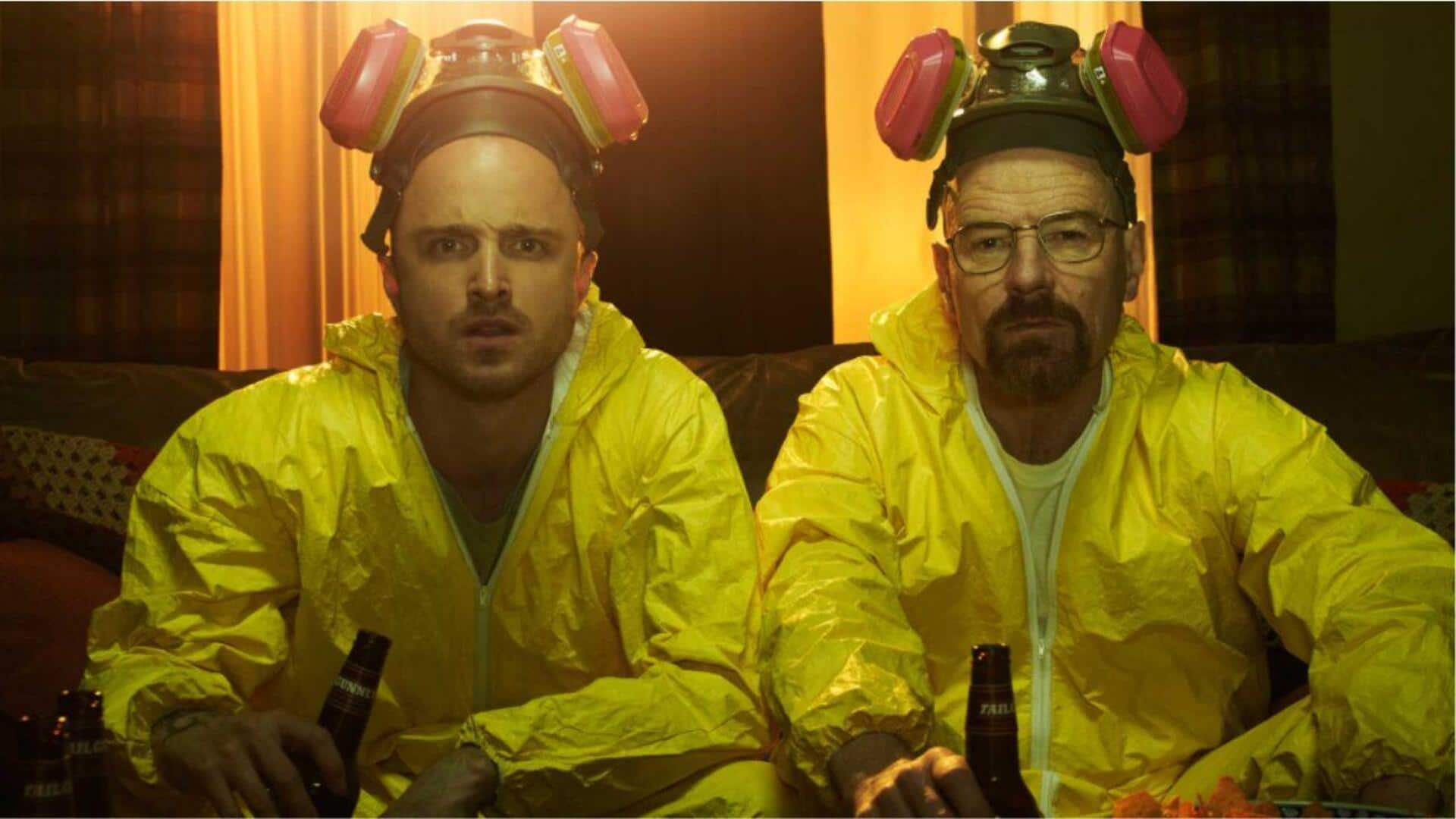
'Breaking Bad' easter eggs you probably overlooked
What's the story
Breaking Bad is one of those rare series that has captured our imagination with its gripping plot and multidimensional characters. While most of the superfans boast knowledge of every little detail, there are still some fascinating things that tend to get overlooked. Let's take a look at some of the lesser-known things about the show that even hardcore fans might have missed.
Science nods
Hidden references to chemistry
Chemistry is central to Breaking Bad, not just as Walter White's job but also as a motif throughout the series. The creators of the show cleverly weave in chemical references into dialogues, scenes. They use periodic table elements in episode names like "Felina," which stands for iron (Fe), lithium (Li), and sodium (Na). These chemistry nods make the viewing experience richer for those who catch it.
Character dynamics
Character parallels and foils
The character dynamics in Breaking Bad are also rife with parallels and foils, emphasizing their differences or similarities. Jesse Pinkman is both a partner and a foil for Walter White; as Walt becomes more ruthless with time, Jesse is plagued by guilt and morality. Likewise, Hank Schrader's law enforcement career is a stark contrast to Walt's criminal activities, even with their family connection, adding layers of tension within personal relationships.
Numerical clues
The significance of numbers
Numbers are strategically placed throughout Breaking Bad to convey deeper meanings or foreshadow events. For instance, Walter White's alter ego, Heisenberg, shares a name with Werner Heisenberg, known for his uncertainty principle in physics—a fitting parallel to Walter's unpredictable journey. Specific numbers repeatedly pop up, such as 737 from season two's plane crash sequence, hinting at future plot twists.
Visual cues
Subtle visual storytelling techniques
Beyond dialogue, Breaking Bad employs visual storytelling, with directors like Vince Gilligan crafting scenes steeped in symbolism. Characters are often framed through doorways, indicating entrapment, or reflected in mirrors, emphasizing their dual personas. These techniques emphasize the moral dilemmas and escalating stakes in the drug empire led by the high school chemistry teacher turned meth manufacturer, aka "Heisenberg."
Color codes
The color symbolism in 'Breaking Bad'
The use of color in Breaking Bad goes beyond looks; it's a storytelling technique. Each character's wardrobe color symbolizes their emotional state or evolution. For instance, Walter White's wardrobe is filled with green when he's feeling powerful or greedy. Skyler's blue clothing represents her calm but controlling personality. These subtle hints add to the storytelling by providing visual cues about character development and plot progression.